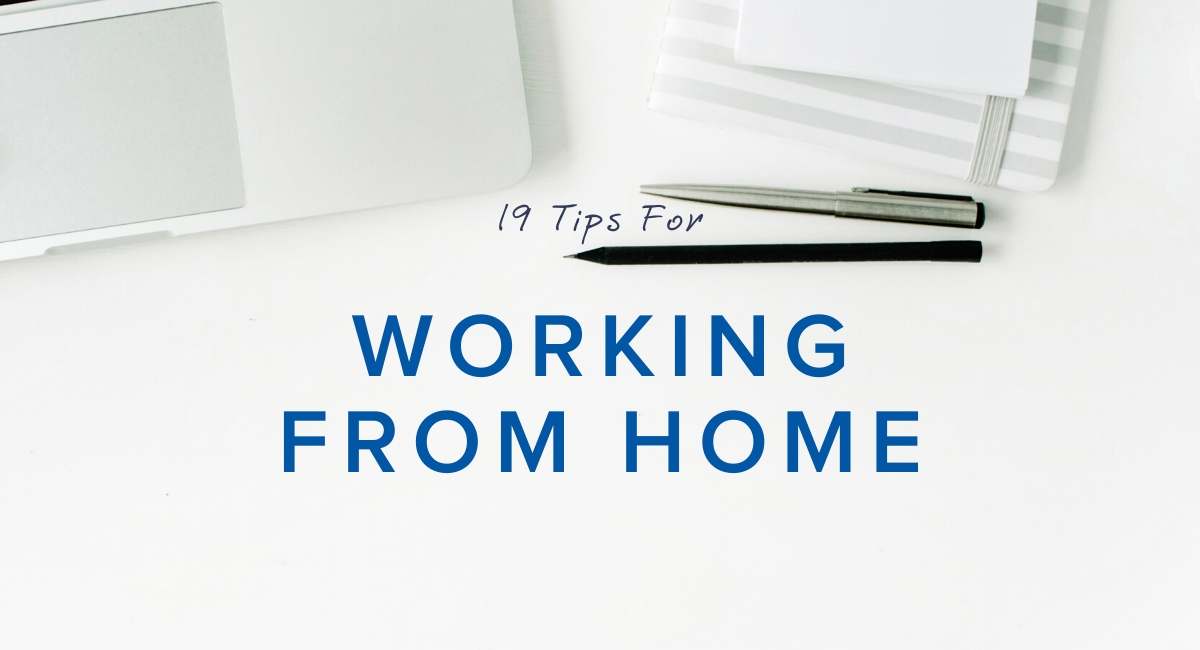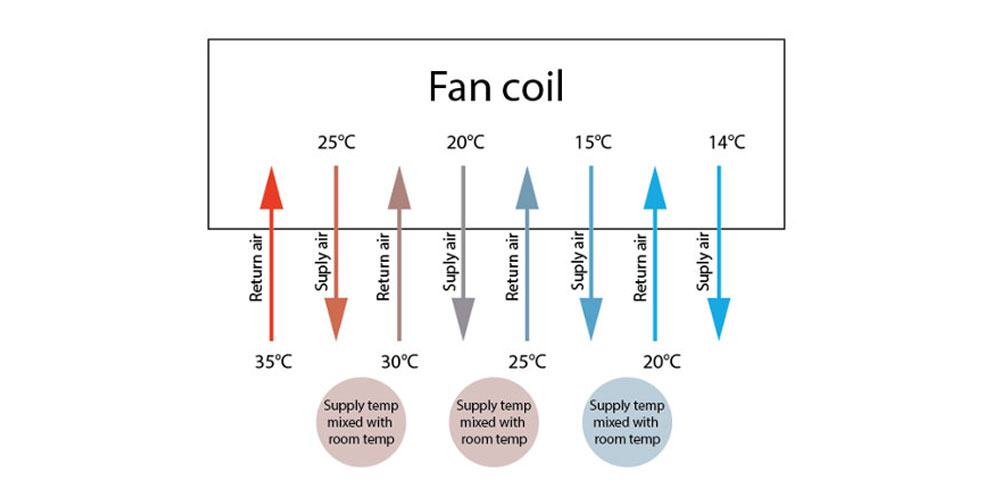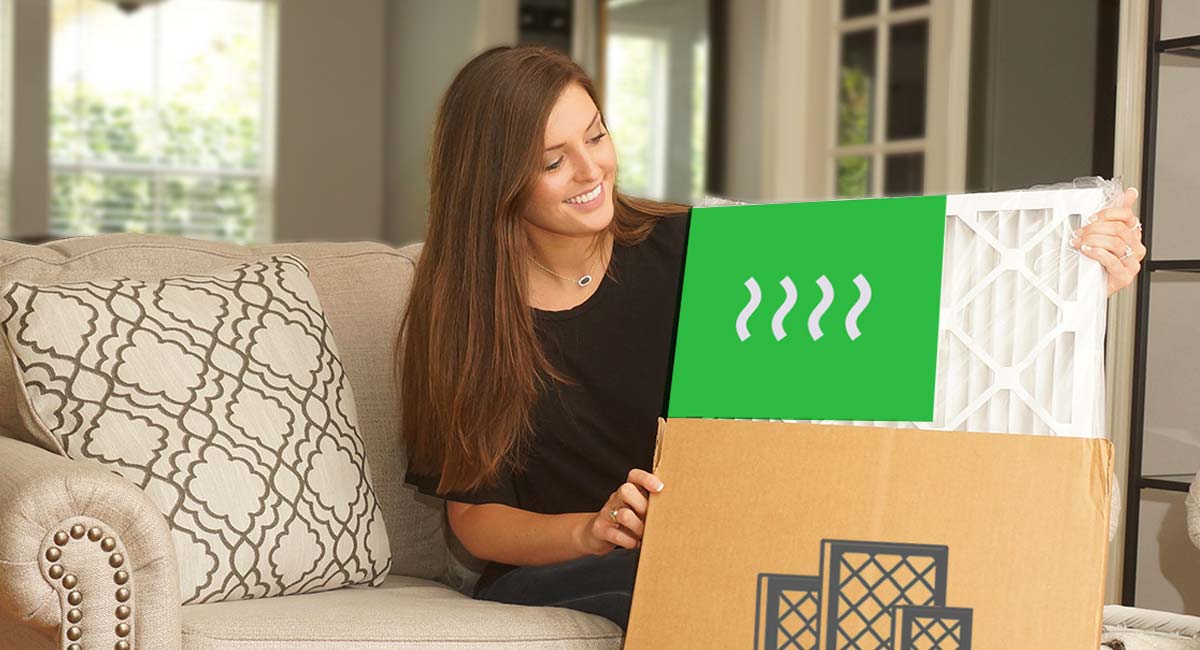

One thing many of our clients ask us is how they can set the right temperature on their air conditioner unit. Often, you may find that your space is either too warm or too cold.
I believe that air conditioning is an art. When done right, it makes life so much easier. If you don’t know how to set the right temperature, though, you’re not going to enjoy your environment.
On average, the best air conditioner temperature setting for summer in Australia is around 23℃ – 24℃ for comfort or 25℃ – 27℃ for maximum energy savings. In winter, reverse cycle heating should be set to around 18℃ – 20℃. However, the perfect setting will depend on your state and region.
If this is something you’ve struggled with, this post will help you find your (temperature) sweet spot. I will also help you figure out how to improve your energy efficiency while staying comfortable.
If you find that your air conditioner system is not helping you stay cool no matter what you try, I’ll also dive into why this may be the case. In these instances, the best solution may be regular air conditioning maintenance.
In this post, we’ll take a look at how you can get optimal performance from your air conditioner and which temperature setting is ideal for the summer or winter.
What to Consider When Setting Air Conditioner Temperature
Simply turning the air conditioner’s temperature setting to the usual 18 to 21 degrees Celsius might not be the right temperature for your home. There are a few other things that you need to consider before deciding what temperature setting is best for the summer or winter.
Comfort
Based on your preferences, your ideal temperature may not be the same at home or at your workplace. Here, your set temperature is the highest temperature setting at which you still feel comfortable. For most people, this is around 24℃.
Everybody feels ambient temperature differently, and some of these differences are even biological, based on our body fat percentage and muscle mass. For example, those with a higher muscle mass tend to generate more internal body heat.
Energy Efficiency
Of course, the perfect temperature setting isn’t just about cooling down your home but also keeping your electricity bills at a reasonable level. Figuring out the right temperature for your space can also keep your costs lower in the long run. It’s good for you, your wallet, and the environment—a win-win-win.
If you prefer a higher temperature, your consumption will be more efficient. Every degree of temperature increase saves around 10% on your energy use, meaning it’s one of the most energy-efficient ways to use your air conditioner.
Season
The blazing summer months are a good time to go out and enjoy the summer sun and catch some nourishing rays. The outdoors are a great place to be during the summer but staying at home is a completely different ball game.
The summer heat can be difficult to manage when indoors, especially if your home has poor ventilation. Luckily, the trusty air conditioner can help keep temperatures nice and frosty, even during the harshest of summers.
You’ll also want to consider the best AC temperature settings for heating in winter to keep you comfortable all year round.
Best Temperature to Set Air Conditioner in Summer in Australia
Generally, the ideal summer temperature setting for your air conditioner in Australia is around 23℃ to 24℃, depending on your region. However, settings of around 25℃ or 26℃ will help you further reduce your energy costs.
Australia has a very diverse climate, so this ideal temperature for summer will vary. These recommendations will depend on the balance between energy efficiency and comfort.
The best summer air conditioning setting in Australia by region is:
| 21 – 23 °C | 22 – 24 °C | 23 – 24 °C | 24 – 25 °C | 28 °C |
| North QLD
North WA NT Central Australia |
South East NSW
North East VIC ACT |
South West WA | South Australia | Tasmania |
The most energy-efficient summer air conditioning setting in Australia by region is:
| 21 – 23 °C | 23 – 24 °C | 24 – 25 °C | 25 °C | 26°C – 27°C | 28 °C |
| Central Australia | South West WA | South Australia
Southern VIC |
North QLD
North WA NT |
South East NSW
North East VIC ACT |
Tasmania |
Best Temperature to Set Air Conditioner in Winter in Australia
The best temperature for reverse cycle heating in winter is between 18 to 20 degrees Celsius in Australia. This provides the ideal balance between comfort and energy efficiency to heat your home with reverse-cycle air conditioning.
Setting your air conditioner anywhere along the range will ensure comfort without compromising energy efficiency. Every degree above this will increase your energy costs by 10%. However, with that in mind, you can always set it a degree or two outside the range if needed to keep you comfortable.
What’s important to note is that there are still factors that affect which temperature would be ideal during winter. Homes have varying ambient temperatures, usually due to insulation, and different regions have different ambient temperatures.
For parts of Australia where winter can be extremely cold, it might be necessary to set the air conditioners within the range of 21 to 22 degrees Celsius and adjust it accordingly for comfort.
The best winter air conditioner temperature setting in Australia by region is:
| 17 °C | 18 °C | 19 – 20 °C | 20°C | 21°C |
| Central Australia | North QLD
North WA NT South Western WA |
South Australia | South East NSW
North East VIC ACT Southern VIC |
Tasmania |
If your locale experiences mild, but very wet winter, it may also be good to consider setting your air conditioner to ‘dry mode’. This will enable the air conditioner to reduce humidity in the air by condensing moisture and circulating dry air into the room. This also has the added benefit of being much more energy efficient that the usual air conditioner modes.
What Is the Best Air Conditioner Temperature to Save Energy?
The most energy-saving air conditioner temperature setting in Australia is around 23 to 25 degrees in summer or 17 to 18 degrees in winter. However, the ideal balance of comfort and energy efficiency will depend on your region. Every degree higher in summer (or lower in winter) will save around 10% in running costs.
This largely depends on the season and climate of your region at any given time. For instance, the energy-efficient temperature setting in the summer will depend on whether you reside at the tip of the country (where it’s scorching hot) or somewhere below, where it is cooler.
Looking to reduce the cost of running your air conditioning? We have listed the ideal temperatures for energy efficiency by state/territory and region, as well as whether it’s winter or summer below.
North Queensland, North Western Australia, Northern Territory (subtropical climate)
- Summer – 25 degrees Celsius would be the ideal energy-saving temperature. Moving from 22 to 25 degrees will reduce your daily energy costs from cooling by at least 20%.
- Winter – 18 degrees Celsius would be the best thermostat setting to save energy costs in this region. Setting it to 18 will ensure that the air conditioner won’t have to work too hard.
Central Australia (arid climate)
- Summer – Anywhere in the range of 21 to 23 degrees Celsius would be ideal here. Summer in the region is known to be very harsh with a lot of atmospheric dust, so make sure filters are regularly cleaned to help maintain the air conditioner’s efficiency.
- Winter – 17 degrees Celcius is appropriate here due to the extreme winter that produces arid and cold conditions.
South Australia (Mediterranean climate)
- Summer – A thermostat setting between 24 to 25 degrees Celsius would be ideal for energy efficiency without making it uncomfortable.
- Winter – Setting your air conditioner to reverse cycle heating at 19 to 20 degrees Celsius is best since there’s some humidity during winter.
Tasmania (mild temperate climate)
- Summer – The best temperature setting would be 28 degrees Celsius. However, remember that current and prevailing weather conditions vary in Tasmania. Sometimes temperatures may suddenly drop, so in certain situations, adjusting the thermostat to near-winter settings would be appropriate.
- Winter – Setting the thermostat at 21 degrees Celsius would be the most economical for this season. Although the weather can differ between the coastal and interior areas, adjust accordingly.
South Western area of Western Australia (Mediterranean climate)
- Summer – Having the temperature set to 23 to 24 degrees Celsius works best. Although in situations where a cold snap occurs, suitable adjustments should be made.
- Winter – A thermostat setting of 18 degrees Celsius under reverse cycle heating would be best.
South East New South Wales, North East Victoria, and Australian Capital Territory (oceanic climate)
- Summer – 26 to 27 degrees Celsius is usually recommended. However, due to sometimes persistent cold snaps, it would be wise to consider adjusting it to the winter temperature settings.
- Winter – 20 degrees Celsius is enough to keep a comfortable interior without using too much energy. Winter in this area is stable, so there is no need to adjust temperature settings often.
Southern Victoria (moderate oceanic climate)
- Summer – 24 degrees Celsius is ideal in both the usual summer and during occasional heat waves. You might be tempted to adjust it lower whenever heat waves pass, but this will compromise the air conditioner’s energy efficiency.
- Winter – A thermostat setting of 20 degrees Celsius is highly recommended. The stability of winter in this region does not require further requirements.
Remember that there are no hard and fast rules and only serve as general guides.
What Is the Best Air Conditioner Temperature for Sleeping?
While the best air conditioner temperature for sleep will depend on what you find comfortable, the widely accepted answer is around 18.3 degrees Celsius. It isn’t uncommon for people to prefer a temperature of anywhere between 15.6 to 19.4 degrees Celsius.
Nobody can contest the health benefits and feeling of having a good night’s sleep. And one of the primary factors affecting this is the ambient room temperature inside the room. You wouldn’t find it comfortable to sleep in a frigid room where you have to engulf yourself in a blanket and curl to keep body heat, nor in a boiling room where you sweat so much you have to towel yourself dry frequently.
An appropriately cooled room contributes to quality sleep partly because it relates to Circadian Rhythm — your body’s natural clock, which follows a 24-hour cycle. Proper temperature is required to help the body regulate its core body temperature and undertake physiological changes such as cell repair and the production of important proteins.
How Does My Air Conditioner Unit Maintain the Set Temperature?
Your set temperature represents your unit’s cut-off point. Basically, whether you have a system set at 24℃ or lower, the air coming off your coil will be the same. What’s different is that a lower temperature will require your system to work harder to keep you cool.
It will need to push more air to maintain this temperature, resulting in greater energy consumption. A higher temperature means that your air conditioner system won’t have to work so hard.
Maintaining the perfect set temperature now comes down to temperature difference. The difference in correctly-sized systems should be between 10℃-12℃.
If your ideal temperature is 24℃, for instance, your fan coil will need to cool down to 14℃. Here, your air conditioner unit will circulate room-temperature air using the fan coil until it reaches this temperature.
For a better idea of what I’m talking about, take a look at the image below.

If you notice your air conditioning unit is leaking water in summer, there’s a chance your AC unit is overworking itself. Changing your temperature settings may help to resolve this problem.
Is Your Air Conditioner Unit Not Cooling Your Space Properly?
Sometimes, it may seem that you can’t find the perfect set temperature. Whatever you do, your space just doesn’t feel cool enough. Unfortunately, it could mean that there are issues with your condenser coil and fan coil.
I’ve seen that this is usually the case when routine maintenance has not been undertaken. Beyond just inefficient energy consumption, it can pose other problems.
For instance, a blocked or dirty condenser coil can push warm liquid into the indoor fan coil. It will then cycle back to the suction line, requiring it to be cooled. It can also affect your outdoor compressor. An overheated suction line can cause your compressor to burn out.
Coil blockage can also lead to dirty filtration and disrupt airflow distribution, both of which can cause condensation to build up. Ultimately, it will destroy your compressor and burn your unit’s motor.
This means more money spent and a space that doesn’t cool no matter how low you turn your air conditioning. Addressing any maintenance or repair issues is the first step in using your air-con more efficiently.
If you want your air conditioner to work optimally during the summer, you’ll need to use it the right way. That’s why receiving regular maintenance for your air conditioner is so important.
Here is some tip to improve your air conditioner’s performance in summer:
Use the timer
There’s no point running your air conditioner when no one is home; you’ll just be overworking the machine and pushing up your electricity costs. Programme the air conditioner to only start up at times when the home is occupied, like after work or during the weekend.
Clean out the filters
The air filters of your air can get very dirty and will require cleaning every two weeks for it to work at its best. Switch the air conditioner off and remove the filter, then clean it with soap and water. You can even use a vacuum cleaner if there’s not too much dust.
Switch on dehumidifier mode
High humidity is a frequent culprit of the summer heat’s discomfort. Simply turn on the dehumidifier mode of your air conditioner to bring humidity levels and temperatures down.
Commit to Regular Maintenance to Enjoy the Perfect AC Temperature
Your air conditioner needs to help you live your best life. This is much more difficult if you don’t understand how to figure out the perfect set temperature or if your unit has not been serviced.
Alliance Climate Control’s trained technicians offer a specialised maintenance programme for every system, including ducted air conditioning servicing. We help ensure your air conditioner is helping you enjoy a cool space without costing too much.
Enjoy fresh, clean, and cool air and make sure you’re not spending too much on your cooling costs. Call 02 8061 5023 to find out more about how we can support you.
Related Articles







